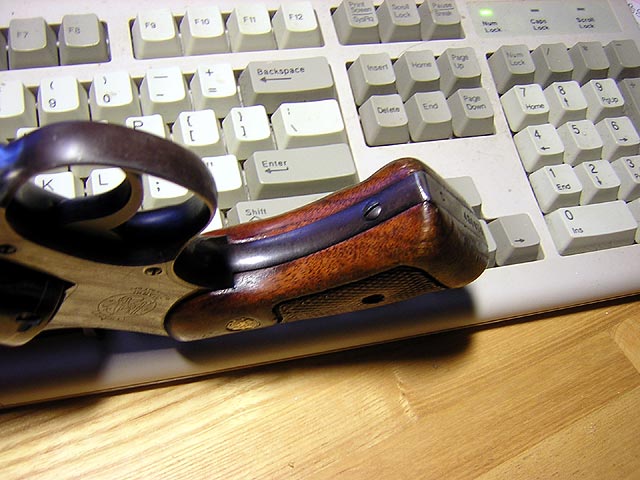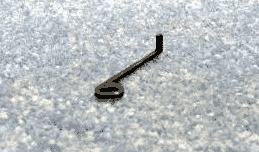J
Jose
Today I shot my Model 65 for the first time, and had too many (about 6) failures to fire.
The rounds involved clearly showed a light primer strike. All of them lit off on the second hit. I was using some factory reloads by Precision Ammo that I picked up at the indoor range. I've used this stuff before in my J frame w/o a problem, but can't verify if it was the same lot.
When I got home, I examined the 65's pin protrusion and it actually is more than the 637's. I also dry fired the gun dozens of times in several attitudes while loooking through the rear cylinder gap and never did see firing pin protrusion that was abnormally short. Based on how light some of the primer strikes were, I should have seen hardly any pin sticking out.
The only other explanation is that both of the 50 round boxes that I shot today had rounds where the primers had not been seated completely. This, IMO, would cause what appears to be a light strike as the force of the hit is used to finally seat the primer, leaving just a faint impact mark. The next hit on the primer then would crush the anvil enough to light off the charge.
I guess I could send the gun back, but I don't want to yet because I was using ammo that was not made by one of the big ammo companies (and the box clearly says reloads). I'm afraid that S&W would make note of it (since they require you to disclose whose ammo you were using during the malf.) and use that reason to a) deny this claim if there is something wrong with the handgun and b) void my warranty.
So I guess I'll buy a box or two of Whichester White Box and run the drill again. If it works, I'll chalk it up to bad ammo. If it doesn't, then I can send it to Smith and be able to tell them that the gun malfunctioned with factory ammo.
I do have to say that revolver is accurate as all get out.
The rounds involved clearly showed a light primer strike. All of them lit off on the second hit. I was using some factory reloads by Precision Ammo that I picked up at the indoor range. I've used this stuff before in my J frame w/o a problem, but can't verify if it was the same lot.
When I got home, I examined the 65's pin protrusion and it actually is more than the 637's. I also dry fired the gun dozens of times in several attitudes while loooking through the rear cylinder gap and never did see firing pin protrusion that was abnormally short. Based on how light some of the primer strikes were, I should have seen hardly any pin sticking out.
The only other explanation is that both of the 50 round boxes that I shot today had rounds where the primers had not been seated completely. This, IMO, would cause what appears to be a light strike as the force of the hit is used to finally seat the primer, leaving just a faint impact mark. The next hit on the primer then would crush the anvil enough to light off the charge.
I guess I could send the gun back, but I don't want to yet because I was using ammo that was not made by one of the big ammo companies (and the box clearly says reloads). I'm afraid that S&W would make note of it (since they require you to disclose whose ammo you were using during the malf.) and use that reason to a) deny this claim if there is something wrong with the handgun and b) void my warranty.
So I guess I'll buy a box or two of Whichester White Box and run the drill again. If it works, I'll chalk it up to bad ammo. If it doesn't, then I can send it to Smith and be able to tell them that the gun malfunctioned with factory ammo.
I do have to say that revolver is accurate as all get out.


![Smile [smile] [smile]](/xen/styles/default/xenforo/smilies.vb/001.gif)
![Wink [wink] [wink]](/xen/styles/default/xenforo/smilies.vb/002.gif)
